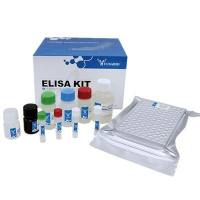Using In Vitro Mutagenesis to Characterize Structure-Function Relationships in G Protein-Coupled Receptors
互联网
互联网
相关产品推荐

Coronavirus spike重组蛋白|Recombinant SARS-CoV-2 Spike S1(D614G)-His Recombinant Protein,HPLC-verified
¥4500

人过氧化物酶体增殖物激活受体α(PPAR-α)ELISA试剂盒【Human peroxisome proliferators activator receptors alpha,PPAR-α ELISA Kit】
¥2500

Recombinant-Mouse-Intercellular-adhesion-molecule-2Icam2Intercellular adhesion molecule 2; ICAM-2 Alternative name(s): Lymphocyte function-associated AG-1 counter-receptor CD_antigen= CD102
¥11046

重组人 p38 delta / MAPK13 蛋白 (Activated in vitro, GST标签)
¥3220

CMKLR1/CMKLR1蛋白Recombinant Human Chemerin-like receptor 1 (CMKLR1)重组蛋白Chemokine-like receptor 1(G-protein coupled receptor ChemR23)(G-protein coupled receptor DEZ)蛋白
¥9720
相关问答

